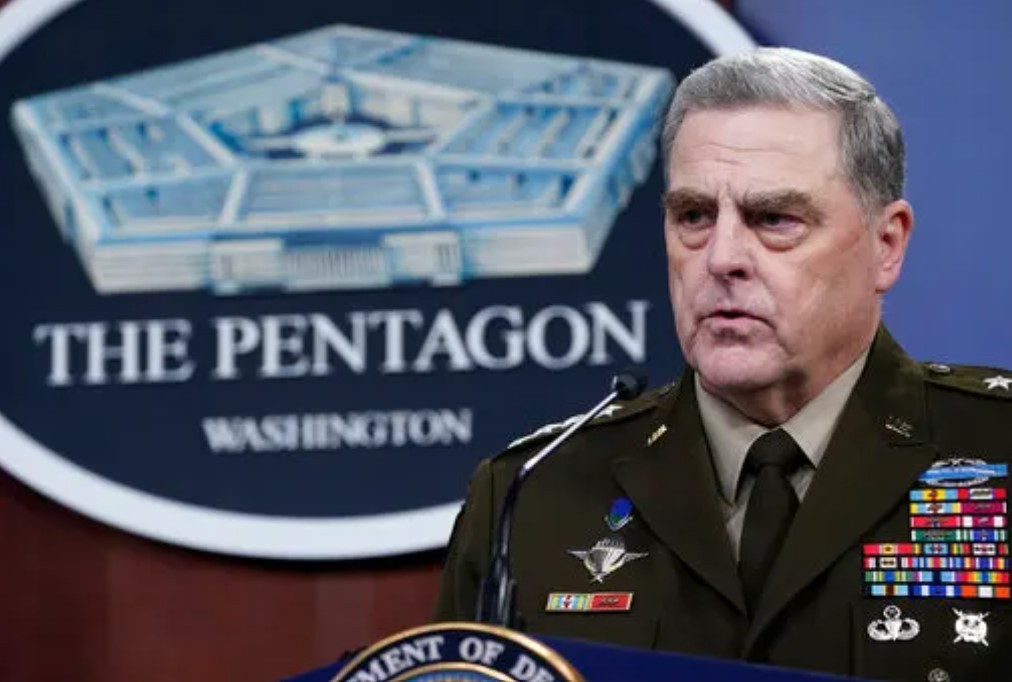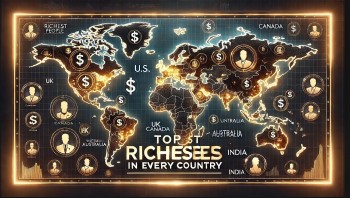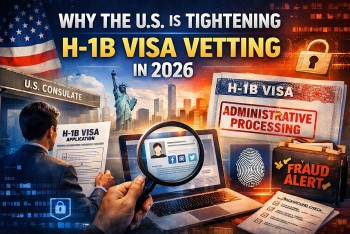What Is Keith Kellogg’s Plan to End the War in Ukraine?
 Who is General Keith Kellogg (Ukraine Envoy) - Early Life, Family, Career, and Nett Worth Who is General Keith Kellogg (Ukraine Envoy) - Early Life, Family, Career, and Nett Worth |
The war in Ukraine has been one of the most devastating conflicts of the 21st century, marked by immense human suffering, geopolitical tensions, and profound implications for the international order. Since Russia’s annexation of Crimea in 2014 and its full-scale invasion in 2022, the conflict has evolved into a protracted war, with no clear end in sight.
Enter retired Lieutenant General Keith Kellogg, a decorated military leader and advisor. Recently appointed as a potential U.S. envoy to address the conflict, Kellogg has proposed a comprehensive plan aimed at bringing both parties to the negotiating table. His approach leverages military strategy, diplomatic incentives, and international pressure to seek a peaceful resolution.
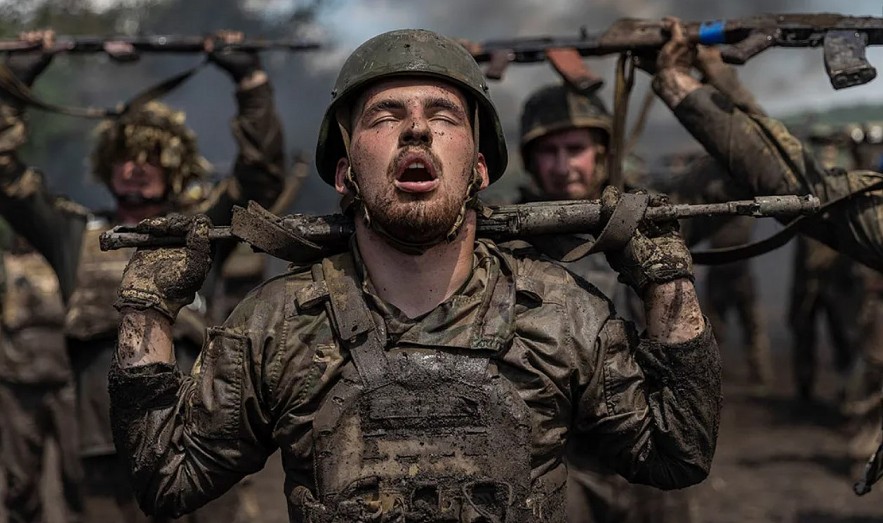 |
| How does Trump envoy Keith Kellogg want to end the Russia-Ukraine war |
Background of the Conflict
The roots of the Ukraine war trace back to deep-seated historical, cultural, and political tensions between Ukraine and Russia. Following Ukraine's independence in 1991, it sought closer ties with the West, culminating in aspirations to join NATO and the European Union. These moves were perceived as a direct threat by Russia, which considers Ukraine a critical buffer state.
In 2014, Russia annexed Crimea, citing the protection of ethnic Russians as justification. This act was widely condemned as a violation of international law and set the stage for conflict in eastern Ukraine. By 2022, Russia launched a full-scale invasion, leading to a humanitarian disaster, economic destabilization, and millions of displaced people.
Despite significant military aid from Western allies, including the U.S., Ukraine has faced immense challenges in reclaiming lost territory. The war has reached a stalemate, with frontlines largely unchanged for months. The international community remains divided on how best to end the war, underscoring the importance of innovative solutions like Kellogg’s plan.
Key Elements of Keith Kellogg’s Plan
Conditional U.S. Military Aid
Kellogg proposes linking U.S. military aid to Ukraine’s willingness to engage in peace talks. This conditionality aims to create an incentive for Ukraine to prioritize diplomacy over prolonged warfare. While the U.S. has been a steadfast supporter of Ukraine, Kellogg suggests a recalibration to ensure that aid aligns with a broader strategy for peace.
Ceasefire Along Current Frontlines
A key aspect of the plan is freezing the conflict along existing battle lines. This measure would halt active hostilities and establish a basis for negotiations. While it would prevent further loss of life, critics argue that it could solidify Russia’s control over occupied territories, raising questions about Ukraine’s sovereignty.
Delayed NATO Membership for Ukraine
To address one of Russia’s primary grievances, the plan includes postponing Ukraine’s NATO membership aspirations. This concession is designed to ease tensions and make negotiations more palatable for Moscow. However, it risks alienating Kyiv and its allies, who view NATO integration as essential for long-term security.
Leveraging U.S. Pressure on Russia
Kellogg’s strategy also includes using the threat of increased U.S. military aid to Ukraine as leverage against Russia. By making it clear that continued aggression will result in heightened support for Ukraine, the plan seeks to compel Moscow to engage in meaningful dialogue.
Analysis of the Plan
Strengths
- Pragmatic Approach: The plan acknowledges the limitations of military solutions and focuses on diplomacy as the primary pathway to peace.
- Balancing Interests: By addressing key concerns of both Ukraine and Russia, it aims to create a framework that is mutually acceptable.
- Leveraging U.S. Influence: The use of conditional aid and strategic pressure positions the U.S. as a key facilitator in the peace process.
Weaknesses
- Risks to Ukrainian Sovereignty: Freezing the conflict along current lines could be seen as de facto recognition of Russia’s territorial gains, undermining Ukraine’s territorial integrity.
- Potential Backlash: Allies in Europe and within NATO may view the plan as a compromise that undermines their collective security framework.
- Doubts About Russian Compliance: Given Russia’s track record, there are significant concerns about whether it would adhere to any agreements.
Comparison with Other Peace Proposals
Past attempts to resolve the conflict, such as the Minsk Agreements, failed due to a lack of trust and enforcement mechanisms. Kellogg’s plan differs by incorporating U.S. military leverage and addressing NATO membership—a contentious issue overlooked in previous efforts.
Role of International Stakeholders
The success of the plan depends heavily on support from international actors. NATO and the EU must play an active role in ensuring that Ukraine’s security needs are met while maintaining pressure on Russia to comply with any agreements.
Forecasting Potential Outcomes
Scenario 1: Plan Succeeds
If Kellogg’s plan succeeds, the immediate outcome would be a cessation of hostilities. Over time, this could pave the way for a broader political settlement, potentially involving territorial compromises, security guarantees, and reconstruction efforts. A successful resolution would also reduce global tensions and restore stability to the region.
Scenario 2: Plan Partially Succeeds
In a partial success scenario, a ceasefire might be achieved, but a comprehensive political agreement remains elusive. This outcome risks creating a “frozen conflict,” similar to other unresolved disputes in post-Soviet states. While it would reduce violence, it could leave Ukraine in a precarious position and hinder long-term peace.
Scenario 3: Plan Fails
Should the plan fail, the war is likely to continue unabated, with devastating consequences for Ukraine and its people. A failure would also strain U.S. relations with its allies and embolden Russia to pursue further aggressive actions, exacerbating global instability.
Role of External Factors
Economic pressures, public opinion, and shifting alliances will heavily influence the trajectory of the plan. For example, sustained economic sanctions on Russia could incentivize Moscow to negotiate, while changes in U.S. domestic politics could alter the level of support for Ukraine.
Broader Implications of the Plan
Impact on U.S. Foreign Policy
Kellogg’s plan, if implemented, would signal a shift in U.S. strategy from unconditional support to a more conditional and outcome-focused approach. This could redefine America’s role in international conflict resolution.
Future of NATO and U.S.-Russia Relations
Delaying Ukraine’s NATO membership may reshape the alliance’s dynamics and its approach to expansion. Additionally, the plan could serve as a litmus test for U.S.-Russia relations, determining whether a new era of diplomacy is possible.
Lessons for Conflict Resolution
Kellogg’s plan highlights the importance of balancing military strategy with diplomatic initiatives. It underscores the need for flexibility, creativity, and international cooperation in addressing complex conflicts.
Conclusion
Keith Kellogg’s plan to end the war in Ukraine offers a pragmatic yet controversial framework for resolving one of the world’s most pressing crises. By leveraging U.S. influence and addressing key concerns of both sides, the plan seeks to create a path toward peace. However, its success depends on the willingness of all parties to compromise and the support of the international community.
As the world watches, the stakes remain high. Whether Kellogg’s approach will lead to lasting peace or become another failed attempt in the annals of diplomacy remains to be seen. What is clear, however, is the urgent need for continued efforts to end this devastating war and restore hope to millions affected by the conflict.
FAQs on Keith Kellogg’s Plan to End the War in Ukraine
1. Who is Keith Kellogg, and why is he involved in resolving the Ukraine war?
Keith Kellogg is a retired U.S. Army Lieutenant General and a former National Security Advisor to Vice President Mike Pence. With extensive military and strategic experience, he has been considered by the Trump administration as a special envoy for Ukraine. His involvement stems from his expertise in conflict resolution and his strategic vision to address complex geopolitical challenges.
2. What are the main elements of Kellogg’s plan?
Kellogg’s plan includes:
- Conditional U.S. military aid based on Ukraine’s willingness to engage in peace talks.
- A ceasefire along the current frontlines to halt active hostilities.
- Delayed NATO membership for Ukraine to address Russian concerns.
- Increased pressure on Russia through the threat of escalated U.S. support for Ukraine if negotiations fail.
3. How does Kellogg’s plan differ from previous peace initiatives like the Minsk Agreements?
The Minsk Agreements primarily focused on de-escalation and decentralization within Ukraine but failed due to a lack of enforcement and trust. Kellogg’s plan introduces U.S. conditional military aid and addresses NATO membership—two critical issues not adequately covered in prior agreements. It also leverages U.S. influence more directly to pressure both parties into compliance.
4. Why is delaying Ukraine’s NATO membership a key part of the plan?
Russia views NATO expansion as a direct threat to its national security. Delaying Ukraine’s NATO membership serves as a concession to Moscow, aimed at reducing tensions and encouraging its participation in peace negotiations. However, this delay raises concerns about Ukraine’s long-term security and sovereignty.
5. What are the potential risks of freezing the conflict along current frontlines?
Freezing the conflict could:
- Legitimize Russia’s territorial gains in occupied regions.
- Undermine Ukraine’s sovereignty and morale.
- Lead to a protracted “frozen conflict,” leaving unresolved tensions that could reignite in the future.
6. What challenges might the U.S. face in implementing Kellogg’s plan?
- Resistance from Ukraine, which might view parts of the plan, such as delaying NATO membership, as compromising its security and sovereignty.
- Opposition from NATO allies, who may disagree with tying military aid to peace talks.
- Russia’s potential refusal to engage in good faith negotiations, leading to further escalation.
7. How does the plan address the humanitarian crisis caused by the war?
While the plan’s immediate focus is on halting hostilities through a ceasefire, it indirectly addresses the humanitarian crisis by preventing further displacement, casualties, and infrastructure destruction. Long-term solutions for reconstruction and refugee resettlement would likely depend on a comprehensive political agreement following the ceasefire.
8. What happens if Kellogg’s plan fails?
If the plan fails:
- The war will likely continue, leading to more destruction and loss of life.
- U.S. relations with Ukraine and its NATO allies may become strained due to perceived shifts in support.
- Russia could be emboldened to escalate its aggression, worsening the global geopolitical landscape.
9. How might public opinion in Ukraine and Russia impact the plan’s success?
Public opinion plays a crucial role:
- In Ukraine, the population may strongly oppose concessions perceived as undermining sovereignty.
- In Russia, domestic approval for negotiations could depend on how the government frames the plan and its benefits to the public.
10. What are the long-term implications if the plan succeeds?
If successful, Kellogg’s plan could:
- Bring an end to the war and establish a framework for rebuilding Ukraine.
- Improve U.S.-Russia relations by demonstrating the viability of diplomacy.
- Redefine NATO’s strategy, potentially slowing its expansion to prioritize stability.
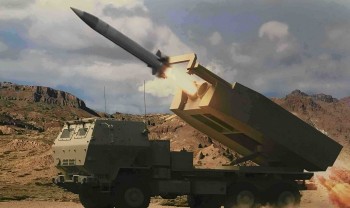 What is ATACMS? The Long-Range U.S. Missile Empowering Ukraine Against Russia What is ATACMS? The Long-Range U.S. Missile Empowering Ukraine Against Russia President Biden has authorized the first use of U.S.-supplied long-range missiles by Ukraine for strikes inside Russia. This article explores what ATACMS is, its military ... |
 The Threat of World War Three from Ukraine’s Use of Long-Range Missiles The Threat of World War Three from Ukraine’s Use of Long-Range Missiles In this analysis, we will explore the geopolitical and military implications of this escalation, examine the rhetoric and potential responses from Russia, and assess whether ... |
 The Anti-personnel Landmines Sent to Ukraine: Banned by Over 150 Nations, Approved by the U.S. The Anti-personnel Landmines Sent to Ukraine: Banned by Over 150 Nations, Approved by the U.S. On November 20, 2024, U.S. Defense Secretary Lloyd Austin announced that the Biden administration would permit Ukraine to utilize American-supplied anti-personnel landmines in its defense ... |
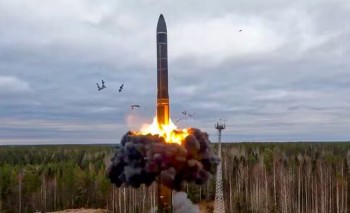 What Makes an ICBM Deadly? Nuclear Warheads, and Catastrophic Impact What Makes an ICBM Deadly? Nuclear Warheads, and Catastrophic Impact The world is shocked by Ukraine's claim that Russia has used an Intercontinental Ballistic Missile (ICBM) in combat for the first time. The devastating scope ... |
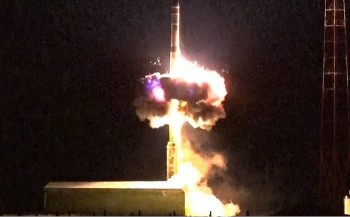 The 10 Most Devastating ICBMs on the Planet: From Sarmat to Minuteman The 10 Most Devastating ICBMs on the Planet: From Sarmat to Minuteman Chinese media outlets have conducted a poll and compiled a ranking of the top 10 intercontinental ballistic missiles (ICBMs) currently regarded as the most powerful ... |

